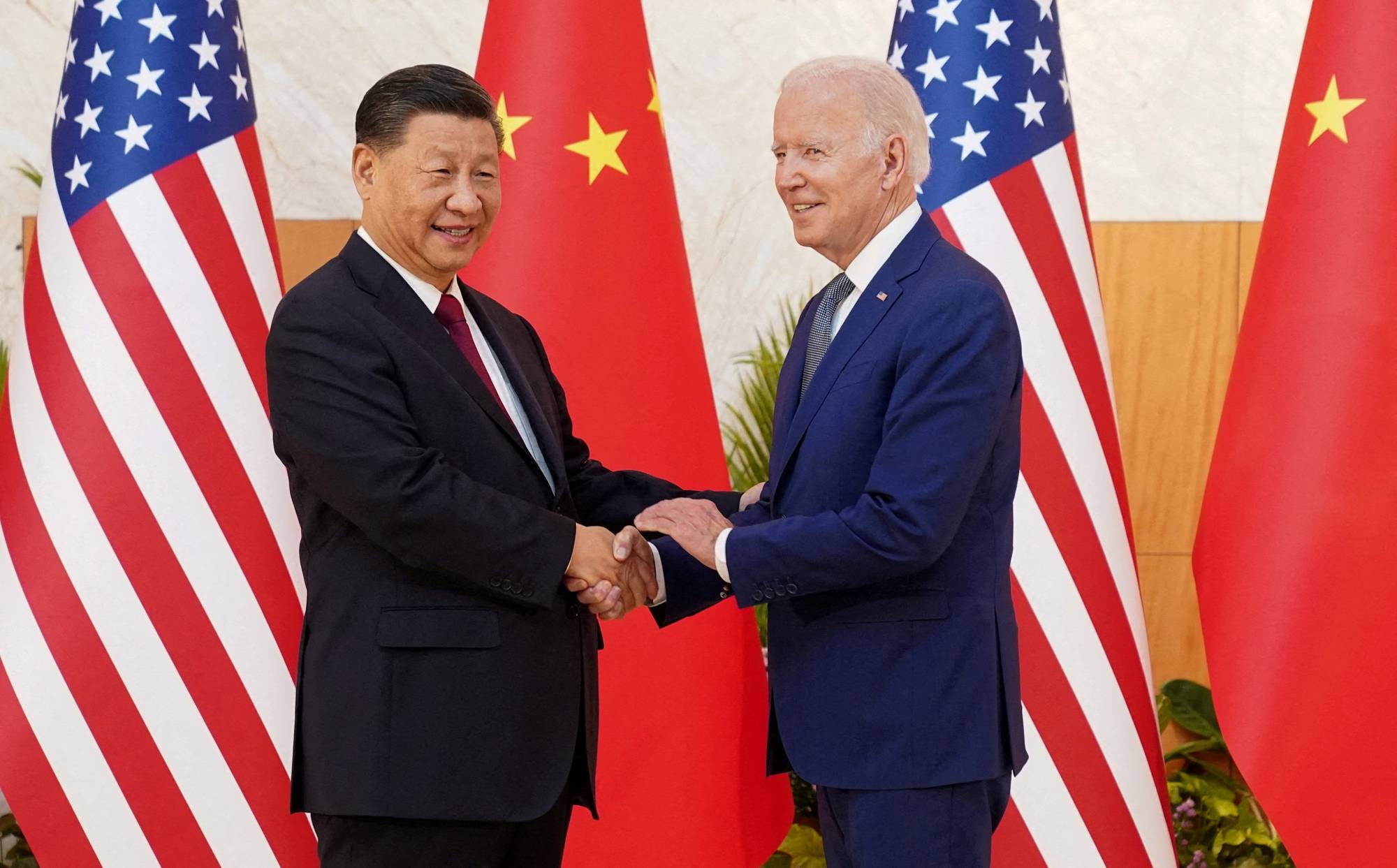The Science and Technology Cooperation Agreement (STA) between the United States and China is set to expire, and negotiations are underway to potentially amend, extend, and strengthen the deal. The agreement, which has been in place since 1979, serves as a framework for scientific and technological collaborations between the two countries.
While the STA has facilitated important collaborations in areas such as agriculture, energy, space, and health, it has also faced challenges. Critics have raised concerns about China’s restrictions on data, lack of transparency in sharing scientific findings, and potential military applications of shared research.
There have also been instances where China reportedly withheld crucial information, such as avian influenza strains and access to coronavirus research.

U.S.-China Science and Tech Relations (Credits: The News Lens)
Despite these challenges, advocates for renewing the agreement argue that it is important to maintain some level of official and unofficial contact between the two countries. The agreement is seen as a symbol of confidence and trust between researchers on both sides, and its non-renewal could lead to a decline in collaboration.
However, some experts caution that the STA is not a guarantee of access to Chinese research or information for American scientists. China’s more closed system allows it to gather information regardless of the agreement, while the U.S. may not always benefit in the same way.
This has led to concerns that China may use the agreement to establish a greater presence in the U.S., gaining a strategic advantage. Despite these challenges and uncertainties, U.S.-China science and technology cooperation has seen significant progress over the years, with joint projects in areas like electric vehicles and renewable energy.
The STA has been renewed approximately every five years, with the most recent extension in 2018. Last year, the agreement received a six-month extension as negotiations continued to strengthen its terms.
As the current expiration date approaches, the outcome of the negotiations and the future of U.S.-China scientific collaboration remain uncertain.























